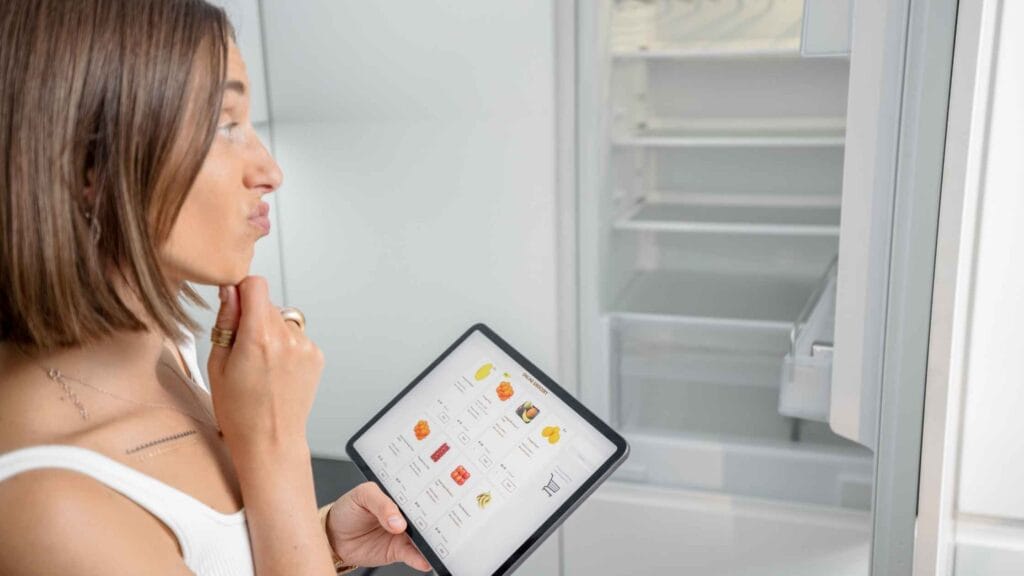Ever wonder what it would be like to have a work from home job? Working from home has transformed my life, and blogging has been at the heart of that journey. When I first explored ways to make money online, I tried various methods.
Some involved selling products, others focused on freelancing, and there were even ventures into affiliate marketing through different channels.
Each approach had its pros and cons, but none felt quite right until I discovered blogging. Starting a blog allowed me to share my passions and knowledge.
Over time, it became not only my most fulfilling work-from-home choice but also my most profitable.
pursue your dream work from home job By Blogging
In this guide, I’ll walk you through how to start a successful blog, sharing some insights from my own journey, including how I set up my site with Bluehost, a platform I still use today.
Here are ways to get started with a blog:
1. Choosing a Profitable Niche To Work from Home
The best blogs often begin with a passion. Start by identifying topics you enjoy discussing. This will make writing easier and more enjoyable, especially from home, where self-motivation is key.
Think about areas where you can provide unique insights or expertise. Your niche could be anything from financial tips for remote workers to lifestyle blogs focused on maintaining a work-life balance.
By combining your interests with market demand, you’ll attract a loyal audience who values your perspective.
After choosing a general topic, use online tools to understand the market better. Google Trends, Keyword Planner, and other platforms can reveal what people are actively searching for and discussing within your niche.
Competitor analysis is another essential step; see what similar bloggers are writing about and what gaps you might fill.
Research is done from home, allowing you to assess the profitability of your blog niche before writing your first post.
As I refined my niche, I found specific topics not only made my blog unique but also attracted more dedicated readership.
For example, instead of broad topics like “working from home,” I focused on specifics for different types of work-from-home professions.
A targeted niche helps establish credibility, foster trust with your audience, and build a community of readers.
Suggested reading: How to Start A Blog & Make Money From It As A Beginner
2. Setting Up Your Blog Work from Home
Work from home jobs means that accessibility and ease of use in setting up your blog are essential.
WordPress is a popular choice for home-based bloggers because of its flexibility and range of plugins.
It allows you to customize and monetize your blog easily, even if you’re working with limited technical skills.
Consider your options based on how much time and effort you want to put into setup.
WordPress is often the most versatile but may take some getting used to.
Your blog’s hosting provider will affect its speed, security, and uptime, all of which are critical for smooth user experience.
A reliable hosting service ensures that your blog loads quickly and doesn’t crash during high-traffic periods. This help you build credibility and retain readers.
I recommend Bluehost for hosting due to its excellent support, uptime, and affordability—ideal for bloggers just starting out.
Bluehost also integrates well with WordPress, making it easier to build and maintain your blog from home.
Your blog's design is the first thing visitors see, so it needs to look professional. When I began, I spent time exploring different themes to find one that matched my vision for my blog’s style.
Working from home gives you the freedom to tweak and experiment with your design until it feels right.
Make sure your layout is simple, with clear navigation and mobile compatibility. Most importantly, keep readers engaged and encourage them to explore content.
Suggested reading: My First Blog: Get Started & Setup For Success
3. Creating Valuable, SEO-Friendly Content from Your Home Office
Over time, I learned that the most engaging posts are those that address my readers' challenges directly.
Think about the common struggles people in your niche might face, particularly those working from home.
For example, my audience found value in productivity tips for remote work and strategies for balancing work and home life.
When you write content that helps others, they’re more likely to return, and trust your insight.
To reach a wider audience, I invested time in learning SEO basics. Things like keyword optimization, internal linking, and structuring content for readability.
I used tools like Yoast SEO to guide me in optimizing each post, making my blog more discoverable.
This work is done from home, and it helps you reach people who are actively searching for topics you cover.
Effective SEO increases your chances of ranking well on search engines, which in turn drives organic traffic to your site.
One of the biggest lessons I learned is that consistency is crucial. Working from home can sometimes blur the line between work and personal time. Creating a posting schedule was essential for me to stay organized.
I aimed to publish at least once a week. This helped build a loyal readership and showed search engines that my site was regularly updated.
Consistency reinforces your presence and shows readers that they can rely on you for new, valuable content.
Suggested reading: 5 Common Blogging Mistakes To Avoid at All Costs
4. Building and Engaging Your Audience from Home
Social media has been a valuable tool in growing my blog’s audience. Platforms like Pinterest and Facebook allow me to reach people who might not find my blog otherwise.
Tailor your approach to each platform; for example, I found Pinterest particularly useful for driving traffic through visually engaging posts.
Consistent social media engagement not only drives traffic but also connects with readers directly, fostering community around your content.
An email list became one of my most effective tools for keeping readers engaged. I offered free resources like work-from-home guides, which encouraged readers to sign up.
Using platforms like MailChimp and ConvertKit, I could send targeted content that resonated with my subscribers.
Email lists have become a reliable way to share updates and bring readers back to my blog.
Collaborating with other bloggers has been invaluable. From guest posting to cross-promotions, these partnerships helped me reach new audiences and grow my network.
I joined blogging communities online, connecting with others who shared similar goals.
These relationships have been instrumental in my blog’s growth and have provided me with support and insights.
5. Monetizing Your Blog from Home
One of the first monetization methods I tried was affiliate marketing, and it turned out to be highly effective.
Choosing relevant affiliate products that provide value to your readers maintains their trust and enhances your blog’s profitability.
Affiliate marketing has become one of my main income sources, and it’s an excellent option for bloggers working from home.
Once I gained more expertise in my niche, I began offering digital products like e-books and guides.
Creating resources that addressed my audience’s needs, allowed me to earn directly from my blog. Platforms like Gumroad can make it easy to sell these products, adding another income stream.
Suggested reading: Is It Possible to get a Work From Home Job With No Experience?
Conclusion: Building a Profitable Blog While Working from Home
Starting my blog was one of the best decisions I made for my work-from-home career. Blogging offers both creative satisfaction and the potential for a reliable income stream.
With a focused niche, consistent posting, and dedication to your audience, you can turn your blog into a sustainable business.
Remember, blogging success doesn’t happen overnight—it requires patience, consistent effort, and a genuine desire to provide value.
By following these steps and learning from my experience, you can pursue your dream work from home job.




